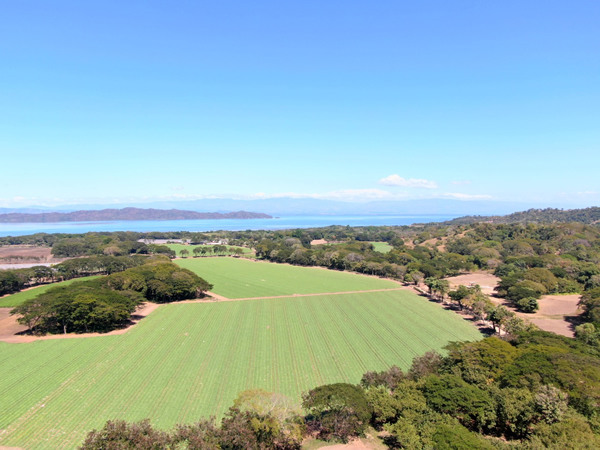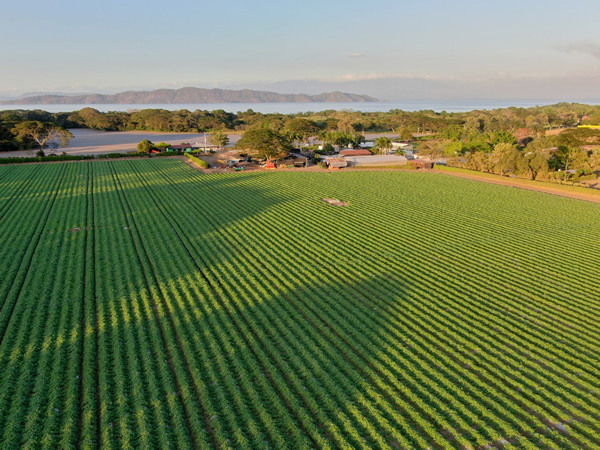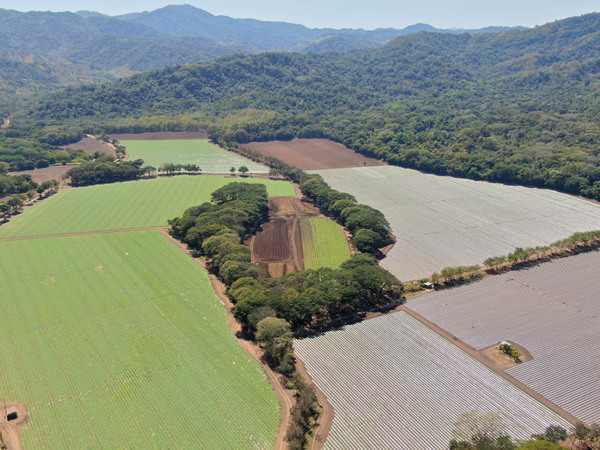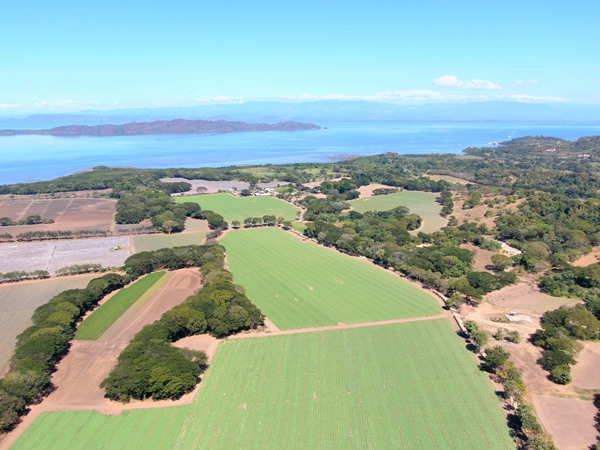In the Netherlands, the Costa Rican melon and watermelon campaigns are about to start. "As in past years, the first watermelons and yellow honey melons are expected in weeks 5 to 6. Galia, Cantaloupe, and Piel de Sapo will follow in weeks 6 and 7," reports Rolf Weber, director of Global Producers.

This year, the melon-growing area will be reduced by about 20%. That is being done in consultation with producer Pafru S.A. Lower consumption is expected due to high freight and cost prices. "The first Spanish batches should arrive on the market a week earlier. So, we're shortening the season by about a week."

The entire acreage will be cut from 1,240 to 1,026. There are several shifts, variety-wise too. "We have reduced production of ' Lola', the seedless watermelon. However, the 'Icebox' mini watermelons' area has been scaled up to 125 ha. Of this, about 85 ha consists of the Lynx/Mielhart variety. The remaining 40 ha are Superminis 1969 (fruit weight 700-950g). There isn't yet more seed of those available," says Rolf.

Then there is the Quetzali watermelon, Dorada yellow honey melon, Galia, Tenoria and Cantaloupe. These have stable weekly volumes for now. Nonetheless, these harvests will end a week sooner too. "Also, hardly any Galia, Cantaloupe, and Piel de Sapo melons have been grown in Costa Rica this year. And only tiny volumes of yellow honey melons and "Icebox" mini watermelons. Most growers are dedicated to growing standard melon varieties."

Pafru S.A. has invested heavily in modern cultivation methods. Think of using drones to spray crops with protective agents at night. And they generate electricity via solar panels. It uses this to run water sources, pumps, motors with irrigation. And, of course, the packing stations.
"All these measures still don't compensate for the 30-40% cost increase in the supply chain. We're preparing for a tough season. It could end on a high note. But only if there's an early summer in March-April, with corresponding temperatures," concludes Rolf.
 For more information:
For more information:
Rolf Weber
Global Producers
136 B Venrayseweg
5928 RH, Venlo, NL
+31 (0) 774 658 100
Email: Rolf@global-producers.nl
Website: www.global-producers.nl
